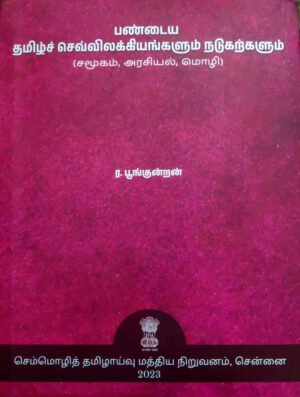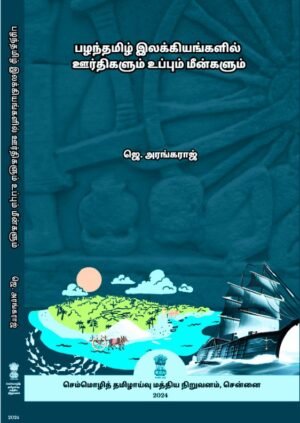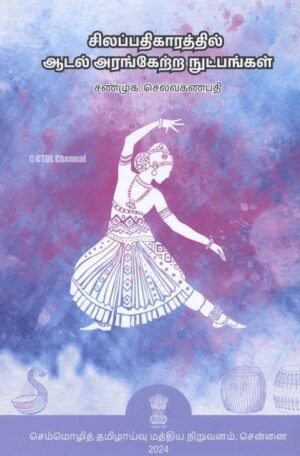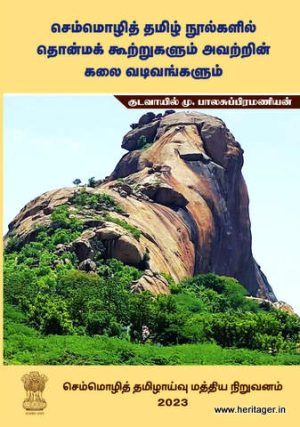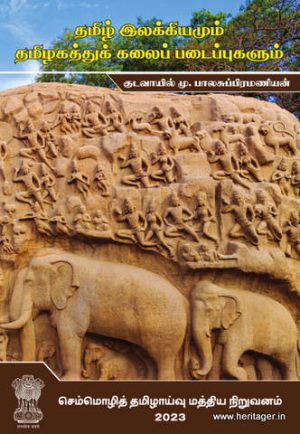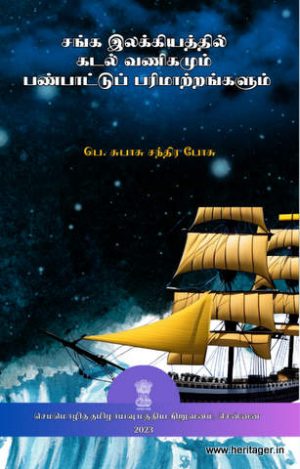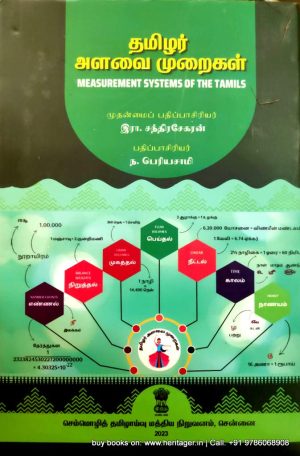Description
Professor Asko Parpola, a distinguished scholar of international renown from Finland, whose contribution to advocating a Dravidian Solution to the Indus Script Problem is exceptional and acknowledged internationally as a work of great erudition. His conclusion, after a lifetime of painstaking research in Indology, has led to the conclusion that the Harappan-Indus script that defied for long any attempt to read it does not belong to the Indo-European family but to the Dravidian family of languages, the oldest of these being Tamil. Several studies of inscriptions have been made recently to decipher the Indus script, but Parpola’s conclusion seems the most convincing of all. His masterpiece Deciphering the Indus Script (1994) is hailed as a trailblazer in this area of study. His Concordance to the Indus Texts and The Corpus of Indus Seals and inscriptions in two volumes have now come to be considered indispensable material for any research on Indus script. The monograph that Parpola presented at the World Classical Tamil Conference 2010 “A Dravidian Solution to the Indus Script Problem” succinctly summarises the work he has done so far, besides showing the lead for further work. He feels confident that ‘an opening into the secrets of the Indus script has been achieved’ and that the ‘underlying language was Proto-Dravidian’. The Central Institute of Classical Tamil feels honored at undertaking the publication of this learned monograph. It is hoped that this monograph will serve as an eye-opener for laymen as well as for those interested in cultural studies while promoting scholarship in Tamil studies.

